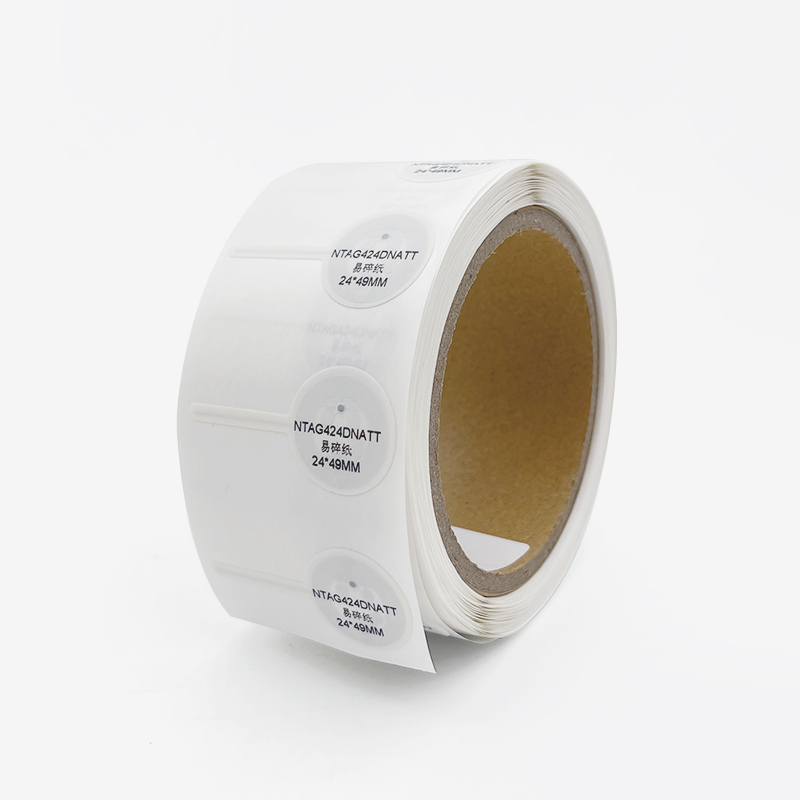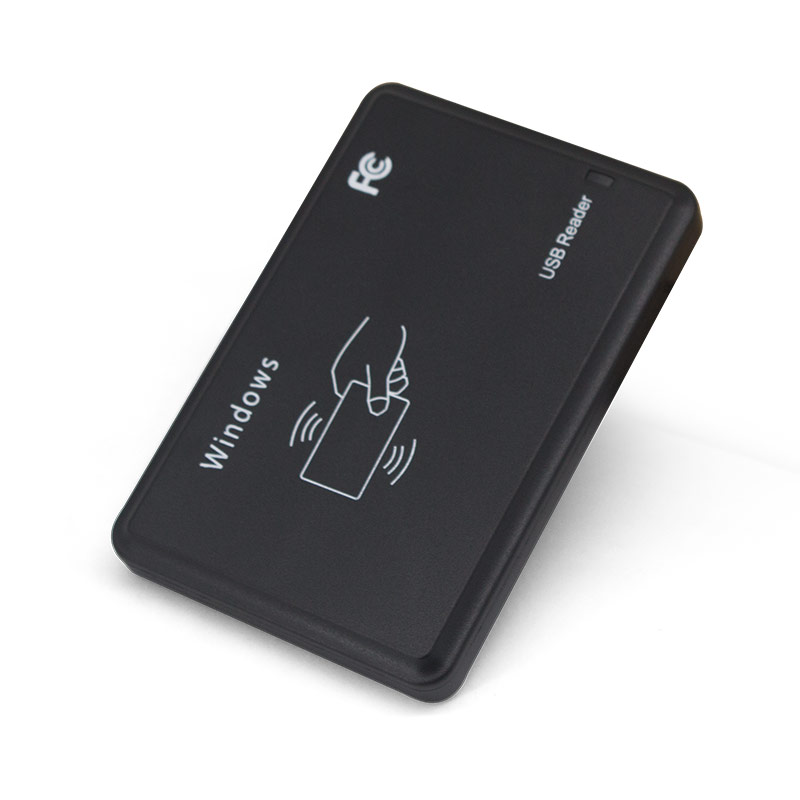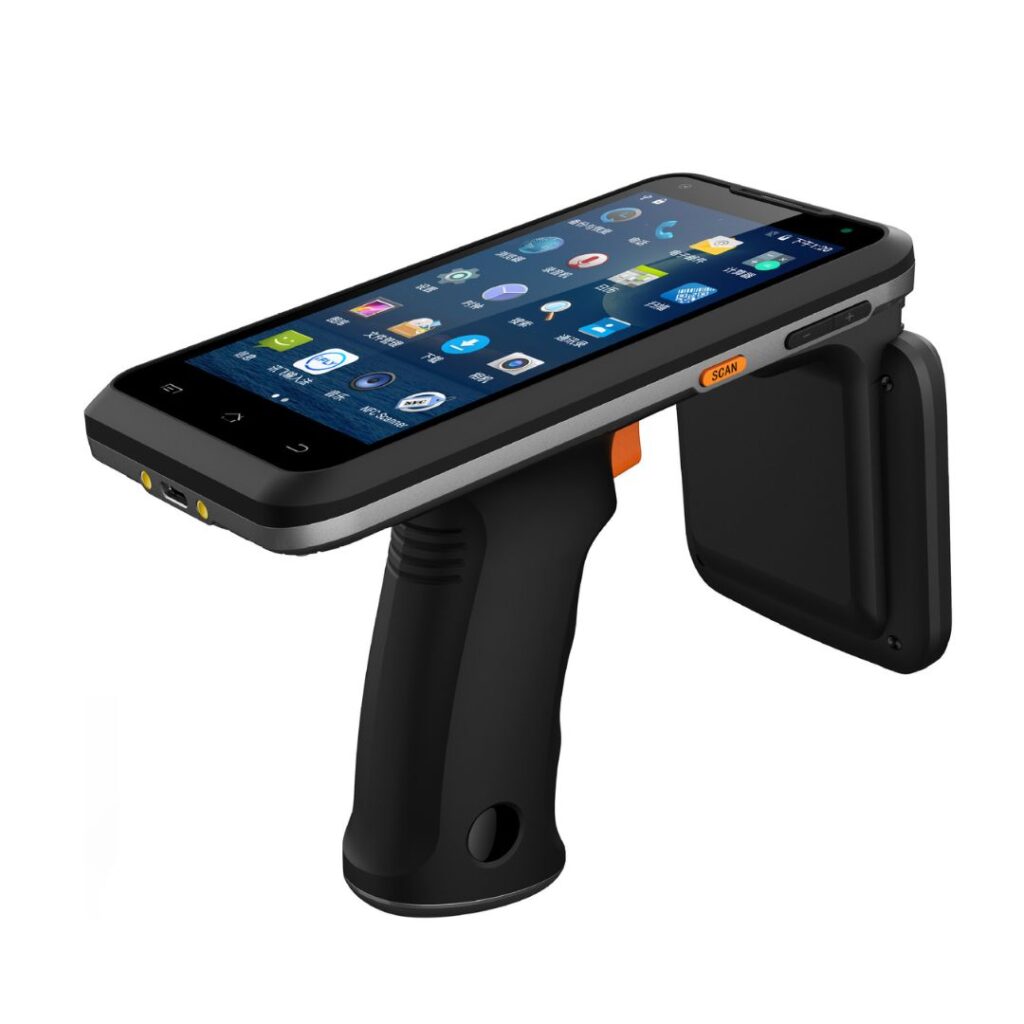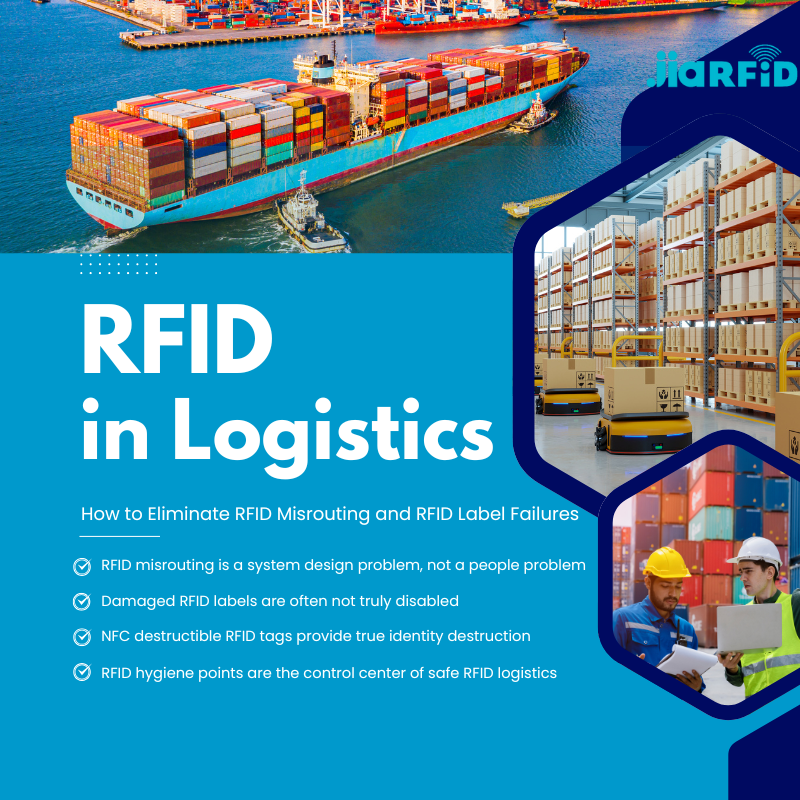
A Comprehensive Guide to RFID Readers: Types, Functions, and Selection Criteria
Table of Contents
Summary
RFID readers are pivotal components in this technology, facilitating data collection, real-time monitoring, and automated management. This article delves into the types of RFID readers, their functionalities, and key considerations for selecting the most suitable reader for your needs.

Types of RFID Readers
RFID readers are categorized based on their design, functionality, and application. Each type serves specific purposes and excels in different scenarios.
Fixed RFID Readers
Fixed RFID readers are installed at designated locations to continuously monitor and read RFID tags passing through their field of view. These readers are commonly used in access control systems, warehouse management, and production line tracking. Key features include:
- Advantages: High stability, reliable performance, and the capability to handle high-frequency operations.
- Applications: Ideal for environments where constant and stable data collection is required, such as fixed checkpoints or monitoring stations.
Handheld RFID Readers
Handheld RFID readers are portable devices designed for flexible and mobile operations. They are widely used for inventory counting, asset management, and field data collection. Notable characteristics include:
- Advantages: Portability, ease of use, and real-time data transmission capabilities.
- Applications: Suitable for dynamic environments where mobility and ease of operation are essential.

All-in-One RFID Readers
All-in-one RFID readers combine the reader and antenna into a single compact unit. This design is particularly useful in environments with limited installation space. Key attributes include:
- Advantages: Space-saving design, easy installation, and consistent performance over short reading distances.
- Applications: Commonly used in shelf management, library systems, and small-scale logistics.
Door-Type RFID Readers
Door-type RFID readers are typically installed in door frames or passageways to monitor and control the flow of items. They are designed to cover wide areas and handle multiple tags simultaneously. Features include:
- Advantages: Broad coverage, simultaneous multi-tag reading, and efficiency in high-traffic areas.
- Applications: Ideal for warehouse entry/exit management, retail anti-theft systems, and large event personnel management.
Type of RFID Reader | Design | Reading Distance | Applications | Advantages |
Fixed RFID Reader | Stationary installation | Long | Access Control, Warehouse Management | High stability, long-term operation |
Handheld RFID Reader | Portable device | Short to medium | Inventory Counting, Asset Management | Mobility, real-time data transmission |
All-in-One RFID Reader | Integrated unit | Short | Shelf Management, Small Logistics | Compact design, easy installation |
Door-Type RFID Reader | Installed in doorways | Long | Warehouse Management, Retail Anti-Theft | Wide coverage, multi-tag reading |
Functions of RFID Readers
RFID readers perform several critical functions that contribute to the efficiency and effectiveness of RFID systems.
Data Collection and Transmission
The primary function of an RFID reader is to read data from RFID tags and transmit it to a backend system. This function is crucial for various applications, such as inventory management and logistics tracking. Readers can transmit data via wired or wireless connections, ensuring timely and accurate information delivery.
Real-Time Monitoring and Tracking
RFID readers enable real-time monitoring and tracking of items or personnel. In manufacturing, they track the location and status of workpieces on the production line. In retail, they monitor goods movement to prevent loss or theft.
Automated Management
RFID readers facilitate automated management by reducing manual intervention. For instance, in a warehouse setting, readers can automatically scan items as they enter or leave, updating inventory data and minimizing human error. Integration with systems like ERP and WMS further enhances management efficiency.

Application Scenarios for RFID Readers
RFID readers are employed across diverse industries, each with specific needs and requirements.
Logistics and Supply Chain Management
In logistics, RFID readers track and manage goods throughout the supply chain. By reading RFID tags at various logistics nodes, readers ensure the safety and traceability of goods, improving efficiency and reducing errors.
Retail Industry
Retailers use RFID readers to manage inventory, prevent stockouts, and monitor theft. Readers can automatically trigger alarms if items are removed from the store without proper checkout.
Medical Industry
RFID readers in healthcare facilitate patient identification, medicine management, and equipment tracking. By tagging patient wristbands, medicine packaging, and medical equipment, readers ensure accurate records and quick access to critical information, reducing the risk of medical errors.
Choosing the Right RFID Reader
Selecting the appropriate RFID reader depends on several factors, including application scenario, reading distance, and data transmission method.
Application Scenario
Consider the specific requirements of your application when choosing an RFID reader. Fixed readers are ideal for stable, large-scale data collection, while handheld readers are better for flexible, mobile tasks. All-in-one readers are suitable for compact spaces, and door-type readers are best for large area coverage.
Reading Distance
Different RFID readers offer varying reading distances. Determine the required distance based on your application. Fixed readers typically provide longer ranges, whereas all-in-one readers are suited for short-range applications.
Data Transmission Method
RFID readers can transmit data via wired or wireless connections. Wired connections offer reliability for large data volumes, while wireless connections provide flexibility for dynamic operations.
Frequently Asked Questions about RFID Readers
Can RFID Readers be Integrated with Existing Systems?
Yes, most RFID readers support integration with existing ERP, WMS, and other systems through standard interface protocols such as API or middleware.
What is the Reading Speed of RFID Readers?
Reading speed varies based on the reader’s specifications and application. Fixed and door-type readers generally have faster speeds and can read multiple tags simultaneously, whereas handheld readers offer more flexibility in reading speed.
Is the Maintenance Cost of RFID Readers High?
Maintenance costs vary depending on the reader type and usage environment. Fixed and door-type readers, which handle high-frequency tasks, may incur higher maintenance costs compared to handheld readers, which generally have lower maintenance needs.
Conclusion
RFID readers are essential components in RFID systems, each type designed to meet specific needs and scenarios. Understanding the various types of readers, their functions, and application contexts is crucial for selecting the most suitable device. By considering factors such as application scenario, reading distance, and data transmission method, you can optimize your RFID system’s performance and efficiency.
Comments
Hot Products

RFID in Logistics: How to Eliminate RFID Misrouting and RFID Label Failures
RFID in logistics is more than just a tool to speed up processes. It has become a key part of how modern supply chains operate.

What Is RFID Waste Management
Imagine a city where every trash bin speaks — not literally — but through a tiny chip that tells the system when it’s full, when it’s emptied, and where it went. That’s what RFID waste management is doing today.

What are Bolt Seals and their Applications? | Complete Guide
In global trade and logistics, bolt seals play a crucial role in ensuring cargo security and compliance. These small but powerful devices are designed to lock shipping containers, trailers, and cargo doors with a tamper-evident mechanism.

What is an RFID Card Protector? Benefits, Use Cases, and Buying Guide
RFID technology (Radio Frequency Identification) is everywhere: in your credit cards, ID badges, transit passes, hotel room keys, and more. It offers speed and convenience, but it also opens the door to a new kind of digital theft called “skimming.” That’s where an RFID card protector comes in.

RFID Wristbands for Events: Bulk Buying Guide for Organizers
RFID wristbands for events are becoming the go-to solution for organizers who need faster entry, fraud prevention, and cashless payments at concerts, festivals, and sports venues. Unlike paper tickets or QR codes, these smart wristbands use embedded chips to streamline access, secure transactions, and improve the guest experience.

How RFID Tag on Windscreen Improves Vehicle Access Control and Toll Systems
In today’s fast-paced world, vehicle identification needs to be quick, secure, and contactless. An RFID Tag on the Windscreen provides exactly that — a reliable way to manage toll collection, parking, and gated access without stopping vehicles.
Tags
RELATED BLOGS

RFID in Logistics: How to Eliminate RFID Misrouting and RFID Label Failures
RFID in logistics is more than just a tool to speed up processes. It has become a key part of how modern supply chains operate.

What Is RFID Waste Management
Imagine a city where every trash bin speaks — not literally — but through a tiny chip that tells the system when it’s full, when it’s emptied, and where it went. That’s what RFID waste management is doing today.

What are Bolt Seals and their Applications? | Complete Guide
In global trade and logistics, bolt seals play a crucial role in ensuring cargo security and compliance. These small but powerful devices are designed to lock shipping containers, trailers, and cargo doors with a tamper-evident mechanism.




